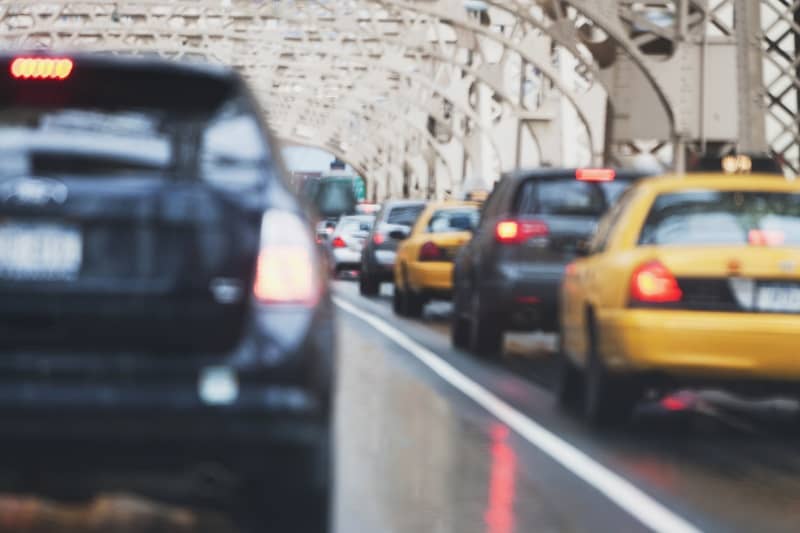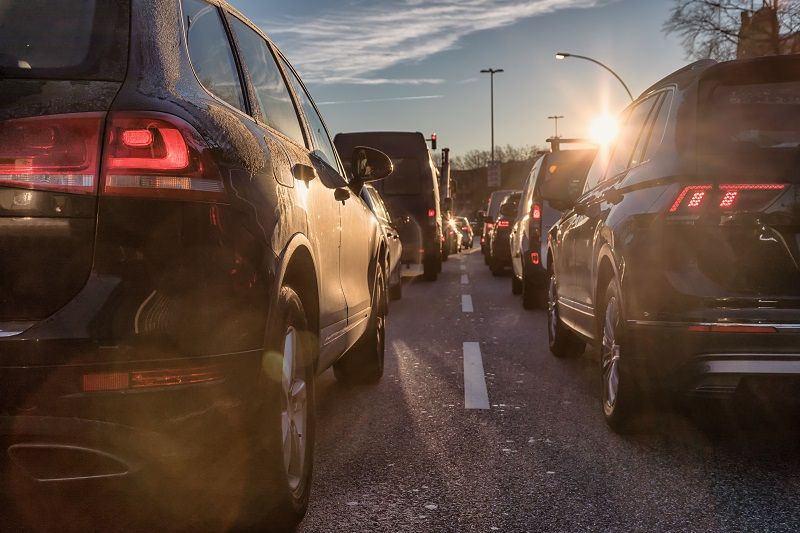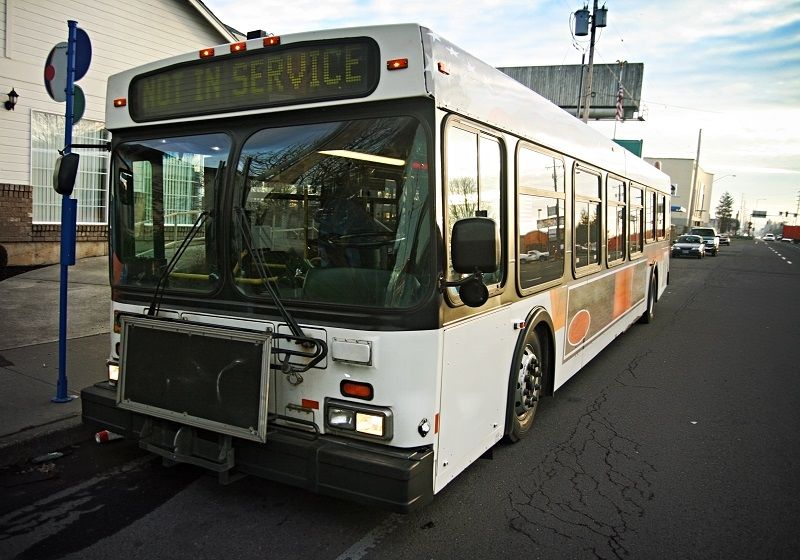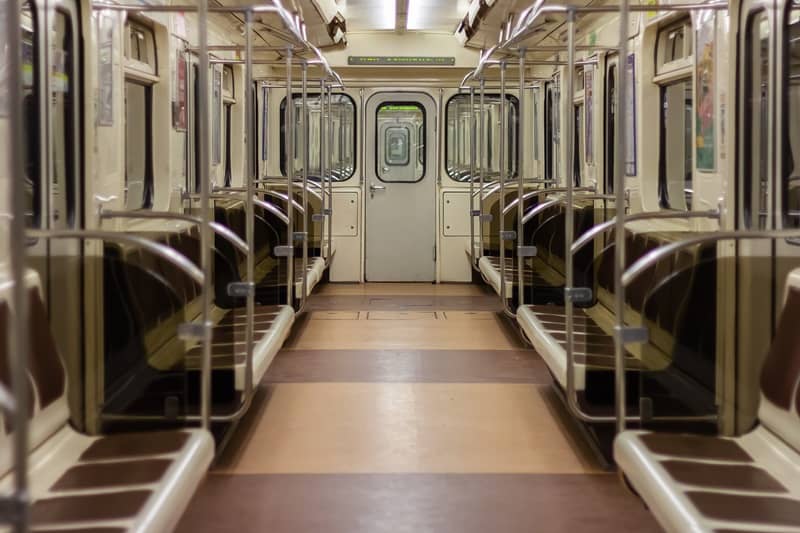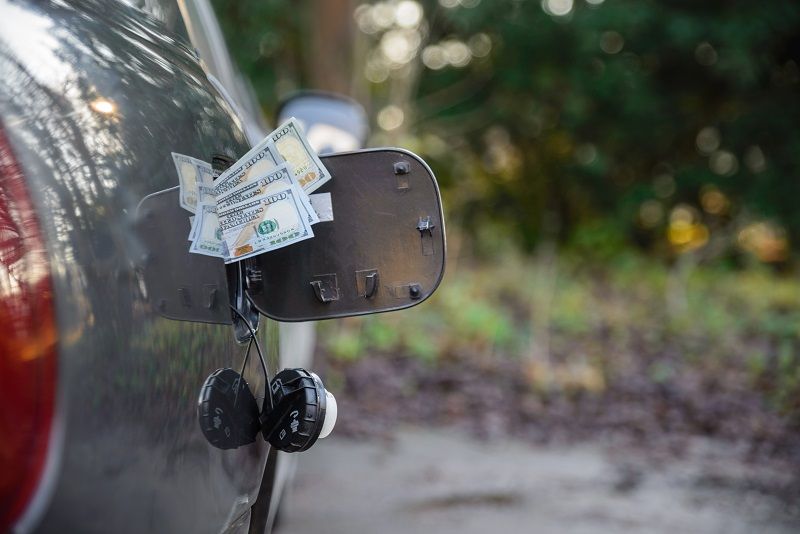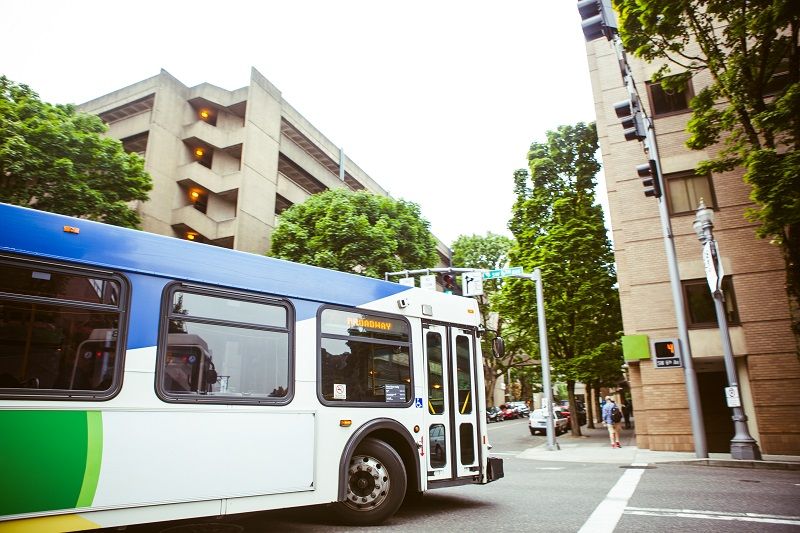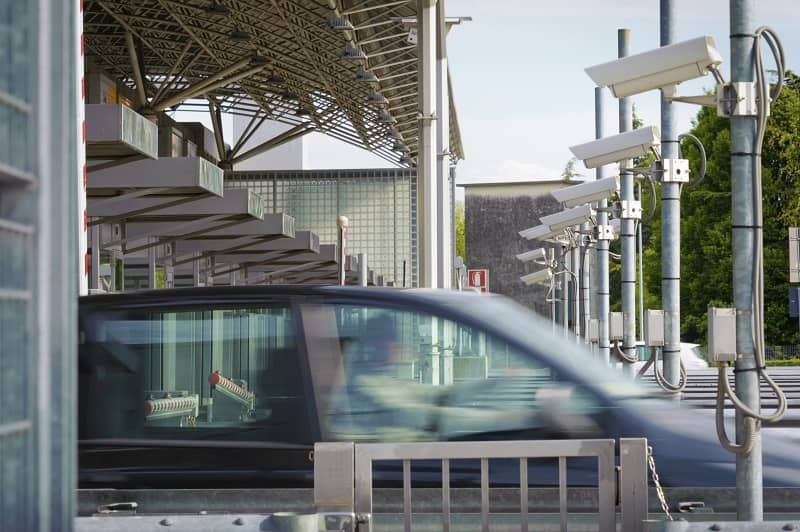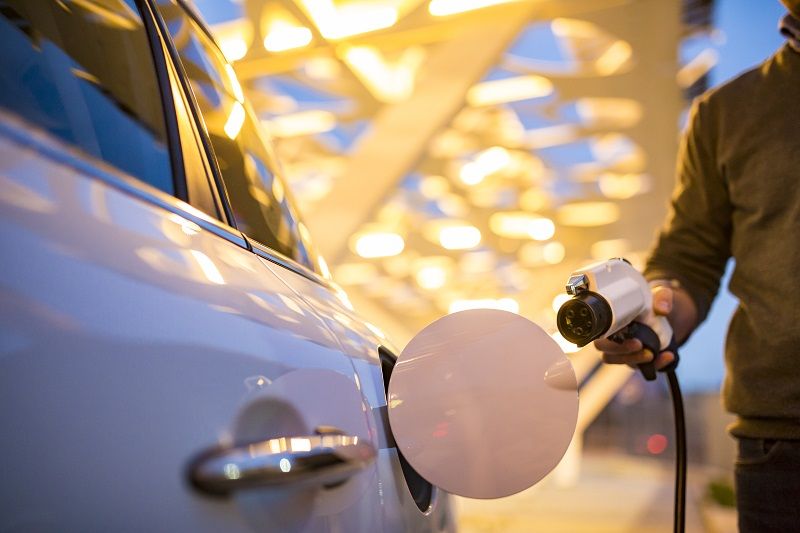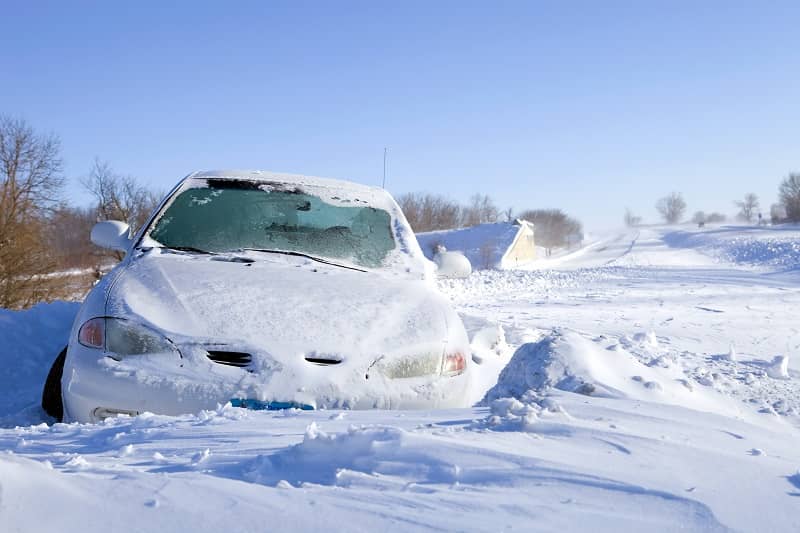For Release June 24, 2009
For more information, contact:
Randal O’Toole, 541-595-1460 or
John Charles, 503-242-0900
The Cascade Policy Institute released a report today documenting that President Obama’s proposed high-speed rail program will cost $1,000 for every federal income taxpayer, yet the average American will ride high-speed trains less than 60 miles a year. The report estimates that the average Oregonian will take a round trip on high-speed trains only once every 10 years.
The federal government is proposing to build true high-speed rail lines—with trains going faster than 120 miles per hour—only in California and Florida. In Oregon it is merely proposing to upgrade existing freight tracks to boost top Amtrak speeds from 79 to 110 mph.
Trains with a top speed of 110 mph will have average speeds of just 55 to 75 mph. Not only will that attract few people out of their cars, but such trains actually will be less energy efficient and more polluting than driving.
“High-speed rail is an idea whose time has gone,” says Randal O’Toole, a Cato Institute senior fellow and the report’s author. “It is bad for taxpayers and bad for the environment.”
Premium fares and a downtown orientation mean that the main people riding these trains will be bankers, lawyers, government officials, and other high-income people who hardly need subsidized transportation.
The administration has compared its high-speed rail plan with President Eisenhower’s Interstate Highway System. But interstates were paid for entirely out of gas taxes and other user fees, not general taxes, and the average American travels on interstates 4,000 miles annually. By comparison, taxpayers will pay for the cost of building high-speed trains that will only be used by a wealthy elite.
On June 17 the Federal Railroad Administration released criteria for state applications for high-speed rail projects. The Cascade report urges Oregon to use its share of federal high-speed rail money for safety improvements such as grade crossings and signaling systems, but not for new trains that will obligate taxpayers to pay millions of dollars in annual subsidies for many decades to come.
